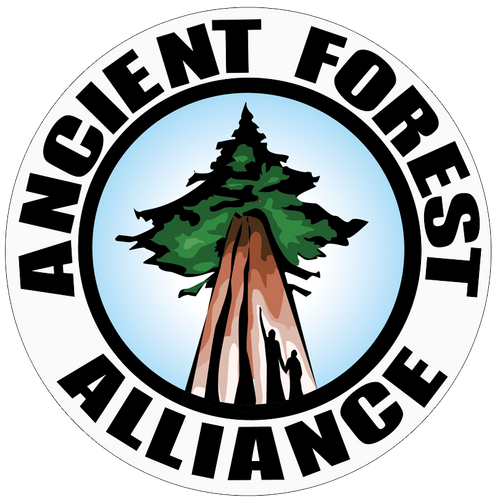
Unlocking Plantain’s Wellness Secrets: A Forager’s Guide to Wild Canadian Plantain
Share
Unlocking Plantain’s Wellness Secrets: A Forager’s Guide to Wild Canadian Plantain
Nestled along forest trails, meadows, and even urban sidewalks, wild plantain (Plantago major or Plantago lanceolata) is one of North America’s most underappreciated medicinal plants. Often dismissed as a common weed, this resilient herb has been used for centuries by Indigenous peoples and herbalists for its remarkable healing properties.
In British Columbia, you’ll find plantain thriving in disturbed soils, sunny clearings, and damp grasslands. Its broad, ribbed leaves (Plantago major) or slender, lance-shaped leaves (Plantago lanceolata) make it easy to identify. The seed stalks rise like tiny green torches, eventually turning into seed heads that birds love.
Safe Harvesting & Preserving
-
When to Harvest: Spring and early summer for tender leaves; roots are best in fall.
-
Where to Harvest: Avoid roadsides (pollution risk) and areas sprayed with herbicides.
-
How to Preserve:
-
Leaves: Dry for tea or infuse in oil for salves.
-
Seeds: Collect when brown for use as a fiber-rich supplement (similar to psyllium).
-
Roots: Clean, chop, and dry for decoctions.
-
Now, let’s dive into how to use this powerhouse plant—and explore the best ways to harness burdock’s benefits along the way.
Plantain’s Medicinal Uses
1. The Leaves: Nature’s First-Aid Remedy
Plantain leaves are famous for their anti-inflammatory, antimicrobial, and wound-healing properties.
-
Fresh Poultice: Crush leaves and apply to bug bites, stings, or minor cuts to reduce swelling and draw out toxins.
-
Dry for Tea: A soothing tea can help with respiratory congestion and digestive issues.
-
Infused Oil/Salve: Excellent for eczema, rashes, and dry skin.
2. The Seeds: Digestive & Detox Support
The seeds (especially in Plantago psyllium) are rich in mucilage, which:
-
Soothes irritated intestines
-
Acts as a gentle laxative
-
Supports healthy cholesterol levels
How to Use: Grind into powder and mix with water or add to smoothies.
3. The Root: Lesser-Known but Potent
While less commonly used, plantain root has been traditionally employed for:
-
Toothaches (chewing the root)
-
Lymphatic support (decoctions)
Burdock: Tea, Powder, or Cooked?
Since we’re discussing wild medicinals, let’s touch on burdock (Arctium lappa), another BC foraging superstar. The question often arises:
Is burdock best as tea, raw powder, or cooked?
1. As a Tea (Decoction)
-
Best Part: Root (dried or fresh)
-
Benefits: Liver detox, blood purification, mild diuretic.
-
How to Prepare: Simmer chopped root for 20+ minutes.
2. Raw Powder
-
Best Part: Dried root (ground into powder)
-
Benefits: Easily added to soups, smoothies, or capsules for daily detox support.
3. Cooked in Food
-
Best Part: Young roots & stems (peeled and stir-fried or roasted)
-
Benefits: Nutritious prebiotic fiber for gut health.
What About the Leaves?
-
Edible when young (bitter, best cooked).
-
Medicinal Use: Less common, but can be used in poultices for skin issues.
Verdict: If you want deep detox, go for burdock root tea or powder. For food as medicine, cook the root like a vegetable.
Final Thoughts
Wild plantain and burdock are two of British Columbia’s most accessible and potent herbal allies. Whether you’re making a plantain salve for bug bites, sipping burdock tea for liver health, or adding dried root powder to your meals, these plants offer versatile, powerful wellness benefits.
Next time you’re foraging, take a moment to appreciate these humble weeds—they might just become your favorite herbal remedies!

